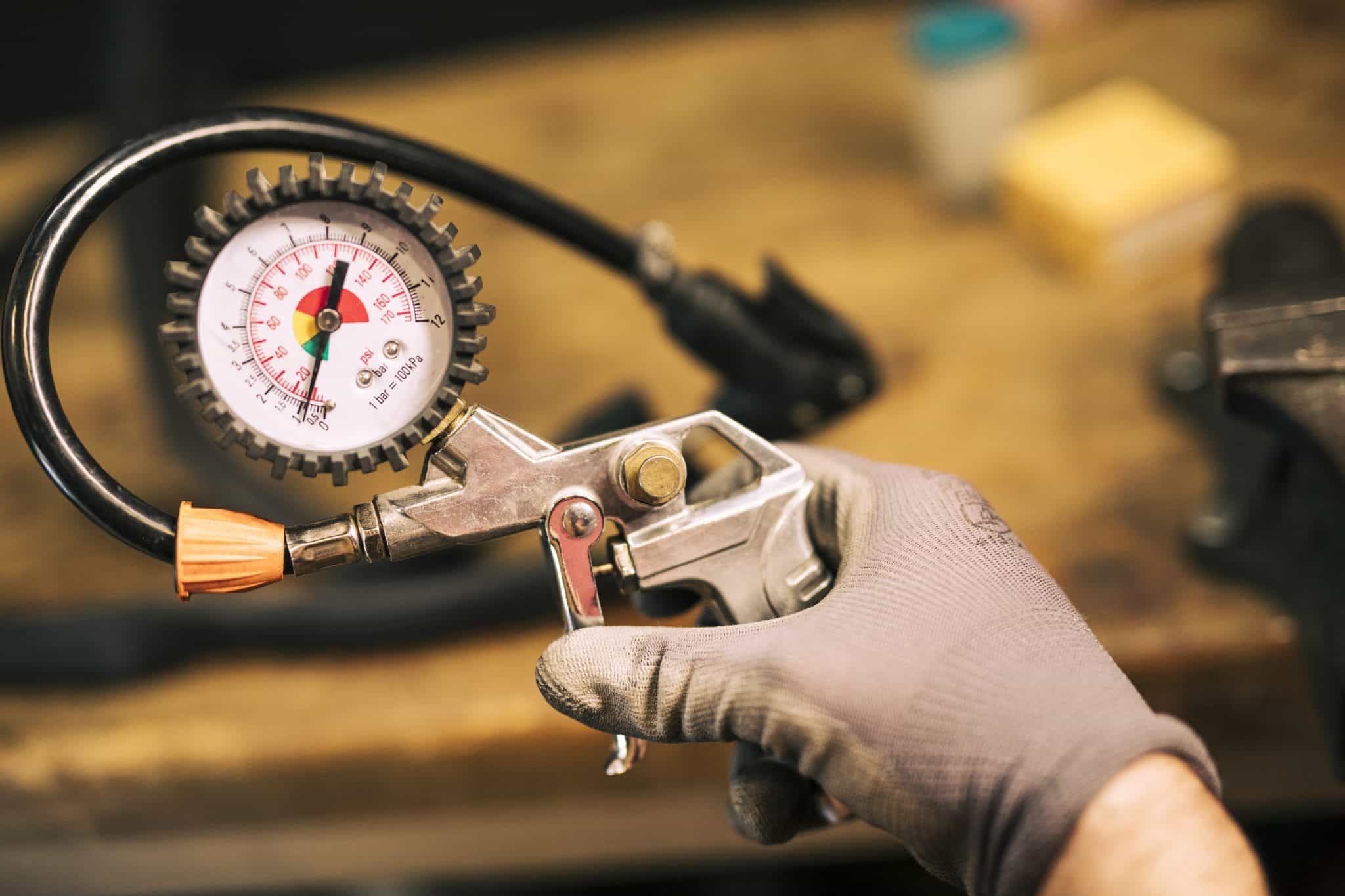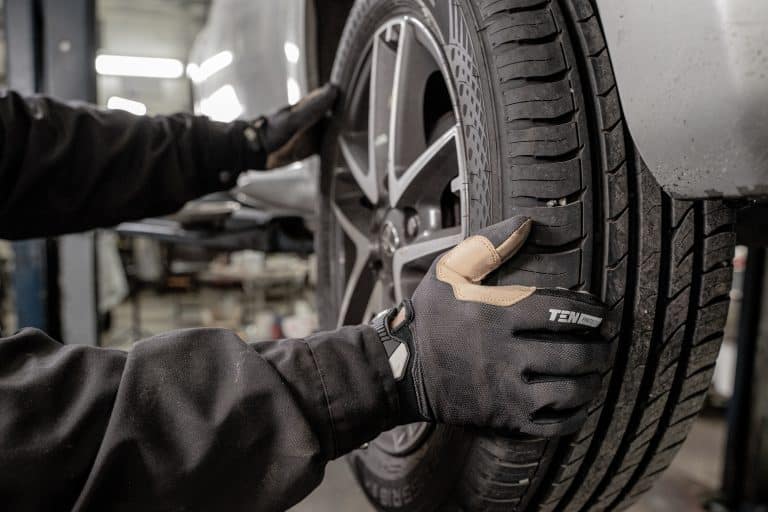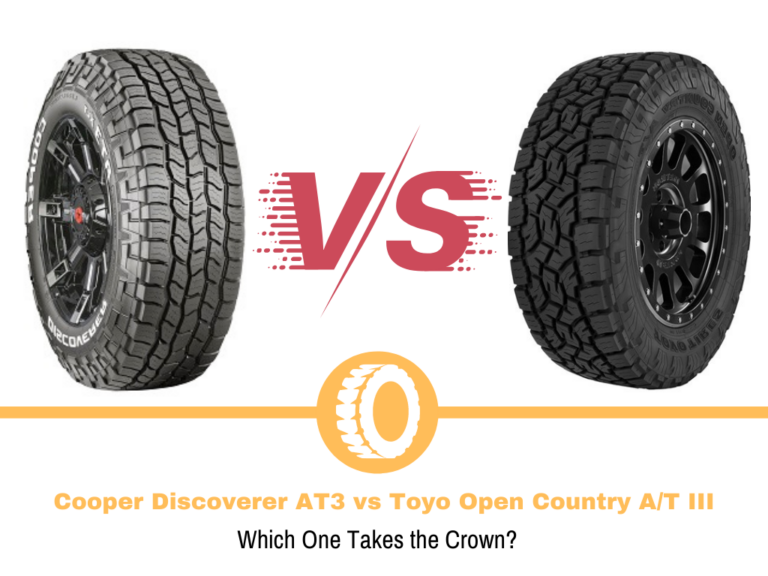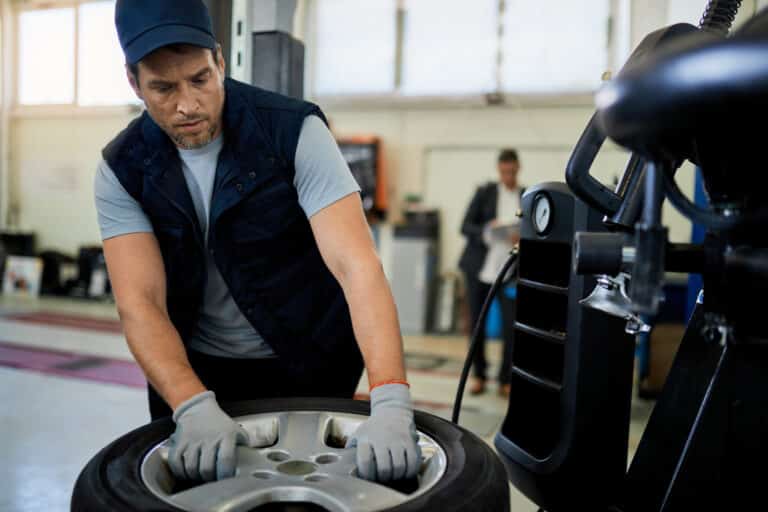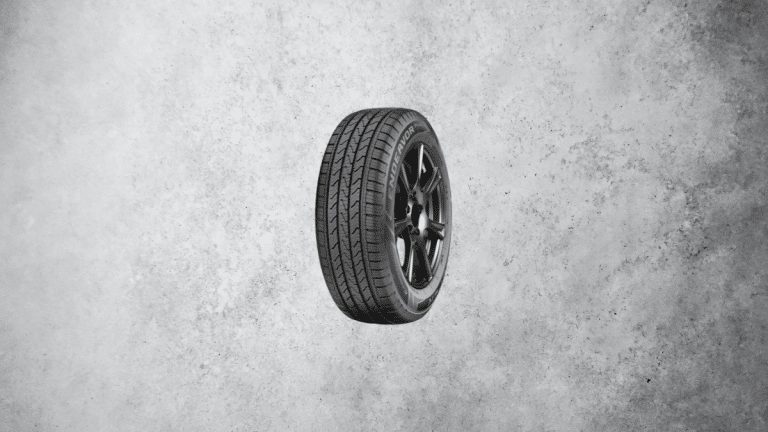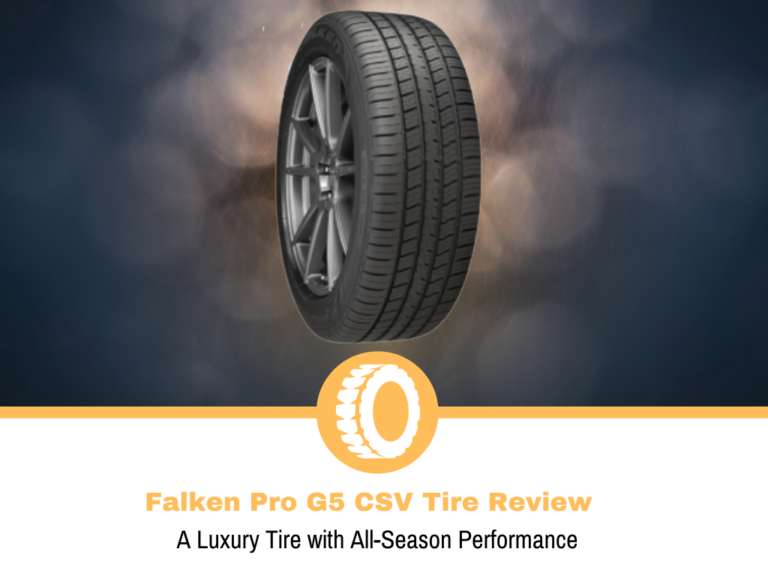What is TPMS – The Ultimate Guide
Thanks to the evolution of technology, cars these days are clever pieces of machinery designed to make your life easier. As much as I’m a fan of old and analog cars, I cannot ignore some advantages these systems offer.
In recent years, we’re seeing some major leaps in terms of self-driving cars or other smart systems that can help improve the experience or keep us safe. The system in question for today is older, but it’s grown into the one most car owners rely on.
TPMS or tire pressure monitoring system aims to help you keep track of the pressure in your tires with no additional tools. Its integration with the vehicle makes it so neat because the car will let you know if something’s wrong. Until then, you’re good to go. Naturally, this all depends on the type of system you have.
This guide will show you the ins and outs of the system.
TPMS History
The roots of the TPMS can be traced back to the 80s. Initially, it was called TPM and car manufacturers offered it as an option for luxury vehicles. It became popular thanks to its ability to enable the owner to check the pressure without going to a shop or a gas station. This resulted in a mass adoption frenzy that spanned for well over 2 decades.
On the other side of the ocean, we have General Motors for introducing the TPM to the states. The 1991 Corvette came with it and was a collaboration with Goodyear and its run-flat tires. Throughout the 90s, a laundry list of accidents and recalls forced the governing bodies to “force” manufacturers to install the system as a standard option even in base models.
The result of this is the TREAD Act, which covers multiple aspects, but the one we’re interested in is the TPMS. All manufacturers starting from 2007 onwards were required to have their cars fitted with TPMS. Today, if a car is manufactured after September 1st, 2007, it will have TPMS and you’re forbidden by law to tamper with the system or try to disable it.
How does TPMS works?
There are two types, Direct and Indirect. Both offer the same thing, but they don’t work the same.
Indirect TPMS
Unlike the TPMS we’re accustomed to using and hearing about, the indirect one, often referred to as iTPMS, works differently. There aren’t any sensors in the tires involved and you’re relying entirely on a prediction by the computer.
Instead, with iTPMS you will reset the readout once you check the pressure either at home or at the shop. The computer will predict what the pressure is based on other factors. These range from ambient temperature to distance traveled, tire size, wheel size, and more. They don’t all work the same, but regardless of that, the car’s computer predicts if the pressure is right or not.

The biggest downside to this system is its inaccuracy. Sure, it may be good enough and the predictions may be fine, but they aren’t precise. You can be a few psis off the exact pressure after a while. To be fair, it’s not a massive difference, and it’s accurate enough to know if the pressures are dangerous or acceptable.
Direct TPMS
Direct TPMS, or dTPMS or just TPMS for most people is the system we know and love. It relies on sensors on the wheels that monitor the pressure and transfers that information to the car’s computer who will inform you if something is wrong.
The TPMS sensors here are those butterfly-like things that technicians put on the inside of the tire. In most cases, they are located behind the valve where they send the pressure information to the computer multiple times a second or minute, depending on how old the system is.
Many people seem to be bothered by the system’s serviceability. The sensors are battery-powered, so after a few years, that pesky little light will come on, meaning that it’s time for a new set. They’re not like an alarm clock where you can replace the batteries. There is no way to use the old ones because they have batteries built-in.
Another thing to note with direct TPMS is how the system outlines the information. With older cars, the system only informs you if the pressure is outside the required parameters. I don’t think there’s a specific number, but you’re looking at 20-30% difference from the specified pressure.
Newer systems are smarter and many of the cars fitted with them give you an exact readout. These are very handy in situations where you want to check the pressure, but don’t want to go to a shop or a gas station.
TPMS Relearn and Programming
In the automotive industry, we often see many misconceptions and confusions about certain things. For TPMS, the most common one is where people mix relearning and programming. Both are different in what they do and I’ll explain the difference.
Relearning is the procedure where you’re using the existing sensors, but the technician relearns them about their role. The most common practice for this situation is whenever you need to rotate your tires. Most cars don’t have the same pressure in the front and rear tires. If you rotate from front to back, then the computer will look at things in the opposite way. It will think that the sensors on the back are still on the front.

A technician uses a tool to ping each sensor separately and introduce them to the computer. This is essential for the computer to have the correct readout, as it already knows which pressures the front and rear tires should have. This is a requirement regardless if you’re still using the factory sensors or have aftermarket ones.
Programming is a different process, and it’s used only when you’re getting new sensors. Out of the box, they are “dumb” and have no idea how they got there and what their role is. The tire shop will need to program them for your vehicle so that they can transmit the correct information to the computer.
Are all TPMS sensors the same?
As I discussed in my TPMS sensors on the aftermarket wheels guide, not all of them are created equally. They come in multiple sizes, which is why it can be a bit difficult to fit them onto some wheels. There are a few options here that enable you to make them work, so check out my guide to learn more.
Driving without TPMS sensors or disabling it?
Absolutely not. If your car comes equipped with TPMS, you’re required by law to use it. The most common situation where people are tempted to tamper the system is with some custom wheels where they can’t mount the sensors.
I can completely understand the struggle of having the light on the dashboard, but the law says that we shouldn’t play around with it. To be fair, there are plenty of good ways to still use the system, so unless you’re 1 in a million, you can make it work.
Conclusion
TPMS is a gift from God for some, and a headache for others. I can consider myself somewhere in between as I’m happy I have it because I know it will inform me when something happens. On the other hand, it’s extra work whenever some service is required.
At the end of the day, TPMS offers multiple advantages. Longer lasting tires, better fuel economy and, most importantly safety. When you factor in the advantages you’re getting, the disadvantages seem minor. The system works and we should embrace it, because it makes our lives easier and our driving experience safer.
